Test Drives: McLaren 750S and Leica SL3
We took Wetzlar’s latest camera and Surrey’s newest supercar on a drive through the Nevada desert
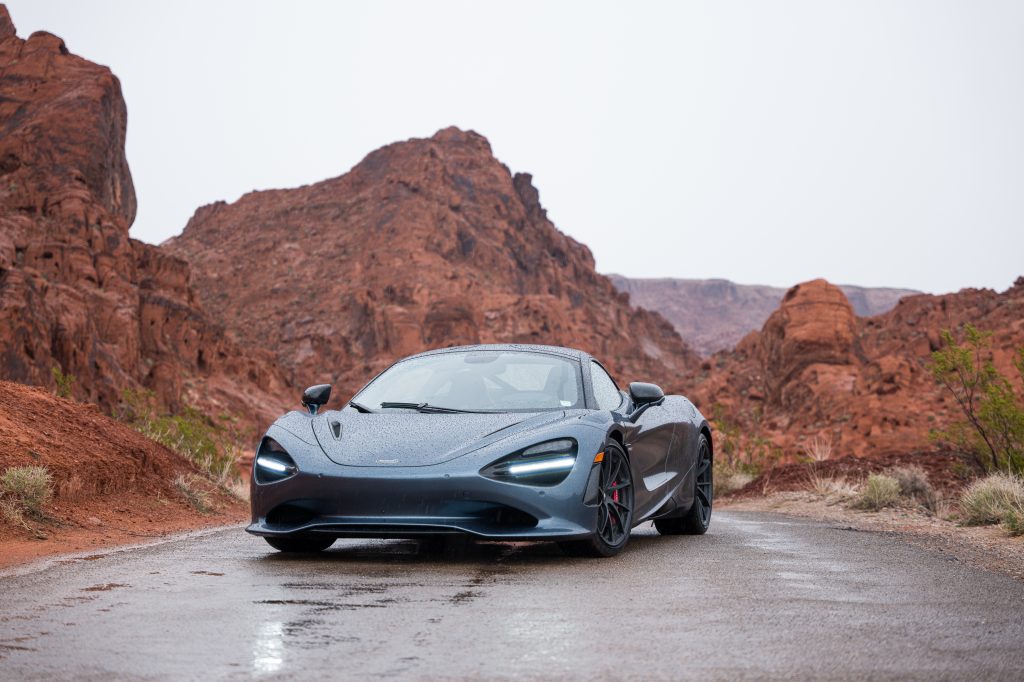
During a recent trip to Las Vegas, we had the chance to experience firsthand two big updates in the sometimes overlapping worlds of cars and cameras. As guests of McLaren, testing their new 750S, a major evolution from the 720S, we brought along Leica‘s recently announced SL3 camera—a significant leap forward from the previous generation SL. Our adventure through the Nevada desert and the Valley of Fire—despite being met with an unusually rainy day—was thrilling and productive given both the hardware and scenery. The inclement weather did not dampen our spirits; instead, it added a layer of excitement and challenge to our test drive and photo shoot.

The McLaren 750S, at first glance, maintains a visual continuity with its predecessor, the 720S, yet upon closer inspection, the evolution in design becomes apparent. Most noticeable is that the rear wing is 20% larger and sits over a central exhaust that’s framed in an organically undulating hexagon mesh that spans the width of the tail and extends onto the deck beneath the wing. The 750S also has a nose that’s a bit lower and smoother, narrower air intakes around the headlights and added venting behind the rear wheel arches. These updated vehicle aesthetics are meant to improve performance and reducing overall weight. Clearly recognizable as a McLaren, the car’s body is sculpted with precision, blending aerodynamic efficiency with a muscular stance that screams its powerful capabilities—the 4.0-liter twin-turbo V8 engine creates 740 horsepower and 590 lb-ft of torque. It can jump from 0 to 60 mph in 2.7 seconds and tops out at 206 mph.
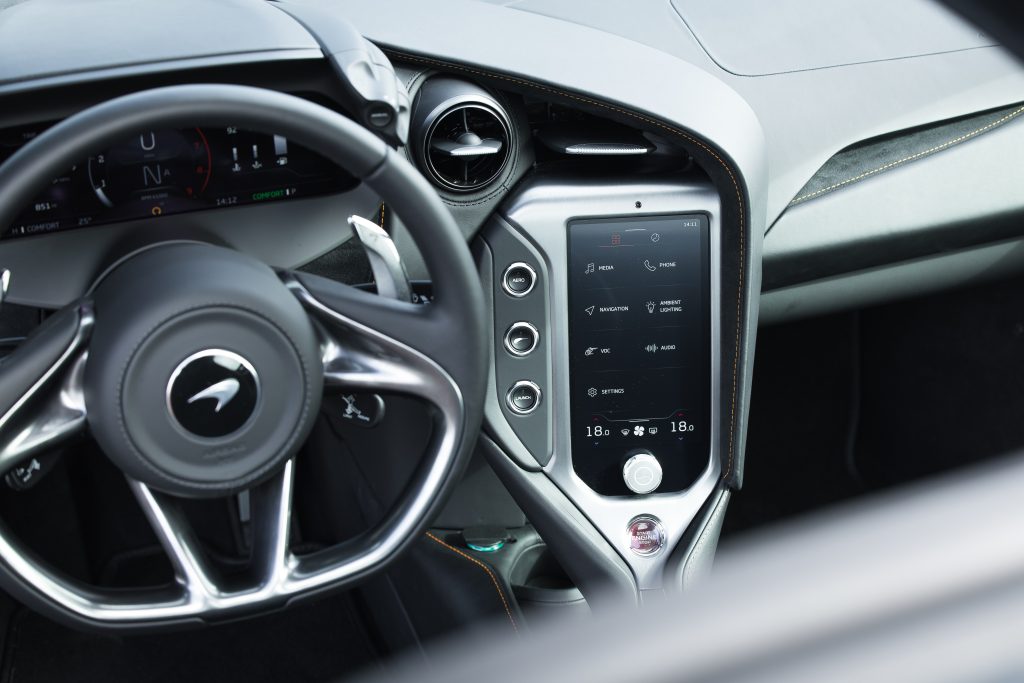
Whereas the exterior maintains a familiar spaceship vibe, the interior of the 750S has seen a thoughtful redesign, with controls and interfaces that are more refined and intuitive. Like the Artura, physical buttons to control driving dynamics surround the instrument cluster and are reachable without removing your hands from the wheel. The additional new “Speedy Kiwi” button is configurable for one touch access to preferred drive settings. And though the infotainment screen is small, it’s much more usable than the system in the previous generation and fortunately now supports Apple CarPlay. Moving through the interface was quick and easy and bug free—a welcomed improvement over past models.
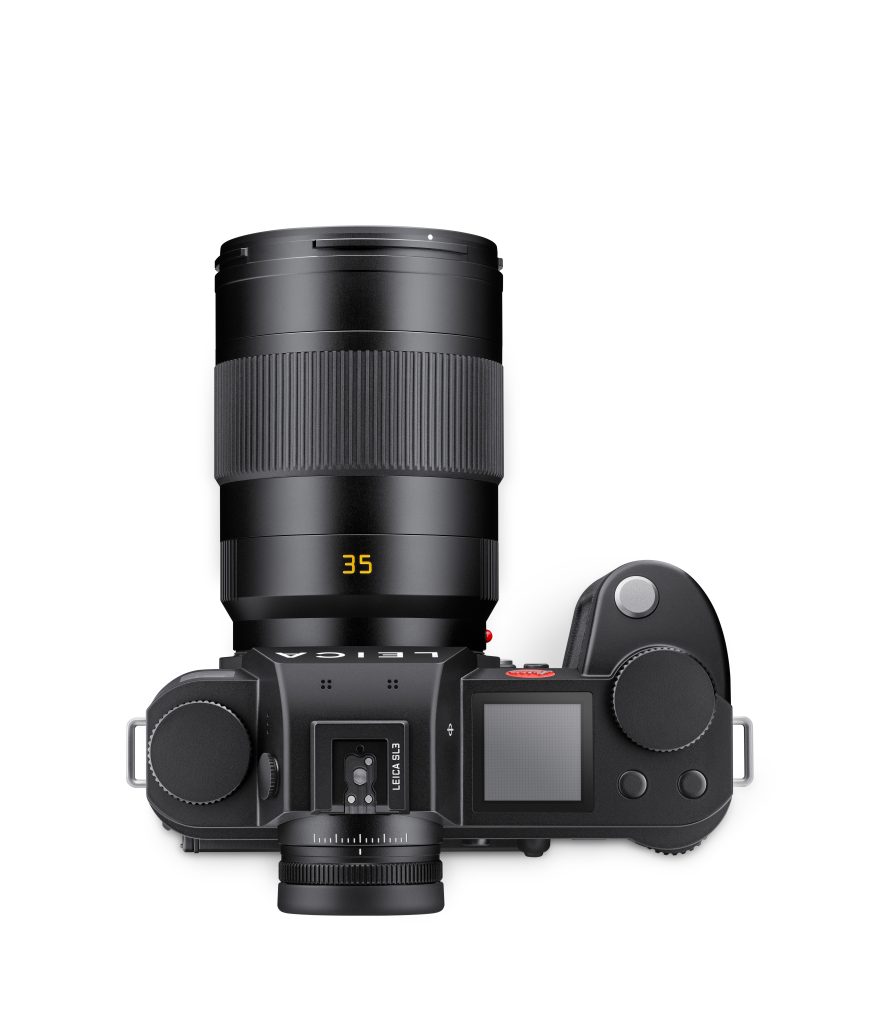
The Leica SL3 camera, on the other hand, represents a more significant overhaul. Immediately obvious are the addition of a third control dial and a slimmer overall form factor that’s still in line with the SL series design philosophy that emphasizes a balance of minimalism and customization. The absence of visible labels on its control dials and buttons gives it a stealthy, understated look, allowing photographers to personalize their interaction with the device. This design choice not only makes the SL3 visually appealing but also enhances its usability, allowing for a more intuitive photography experience. And at the same time, the camera is now 76 grams lighter than its predecessor.

Capturing the McLaren 750S in the rain with the Leica SL3 was a treat. The camera’s IP 54 rated water resistance and significant improvements in its autofocus system facilitated the capture of dynamic shots, even in challenging weather. The SL3’s autofocus is faster and more accurate—now on par with competitors—and allowed us to capture the essence of the McLaren’s speed and elegance effortlessly.
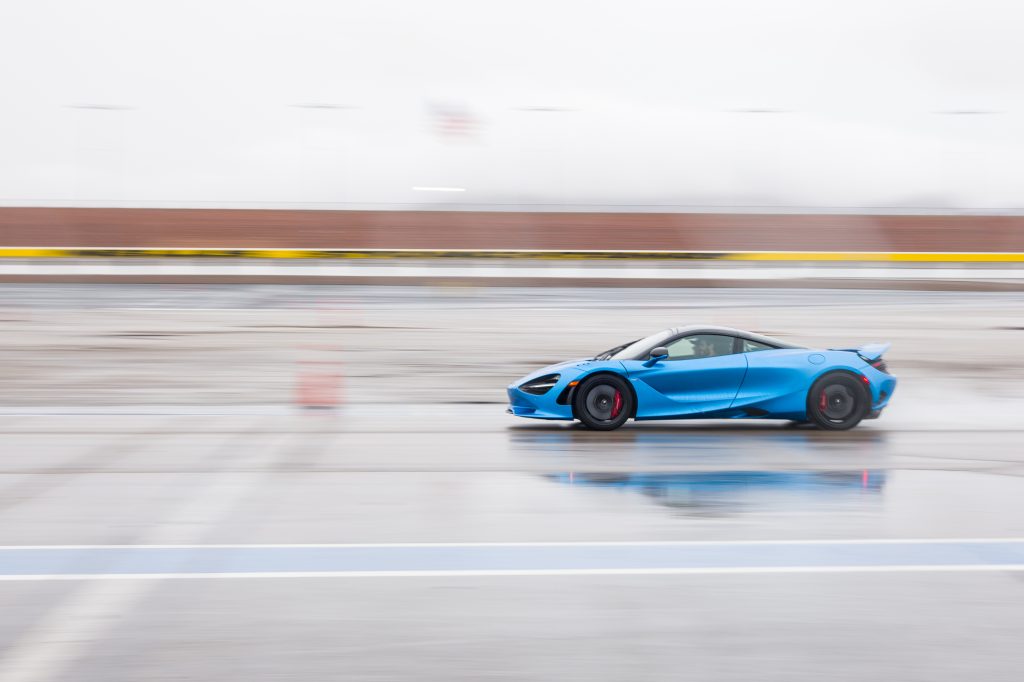
Driving the McLaren 750S was a delight in all conditions. McLaren’s philosophy shines through in this model, balancing race-track readiness with everyday drivability. Like an animal in the wild, it’s chill until it needs to pounce. In traffic moving slowly, stopping and starting for red lights and simply following low speed limits navigating the desert towns we passed through the 750S behaved with a calm zen opposite to many other edgy supercars that just feel like they’re itching to race. Out on the open road, however, the transition to thrilling speeds and aggressive cornering was seamless. The 750S truly came to life on the track, which makes sense as a street car born from a racing brand. Given the rain we didn’t push the car to its limits, though still pushed it hard; its aggressive acceleration, rail-like cornering and balanced braking set a new standard for the brand’s consumer products.
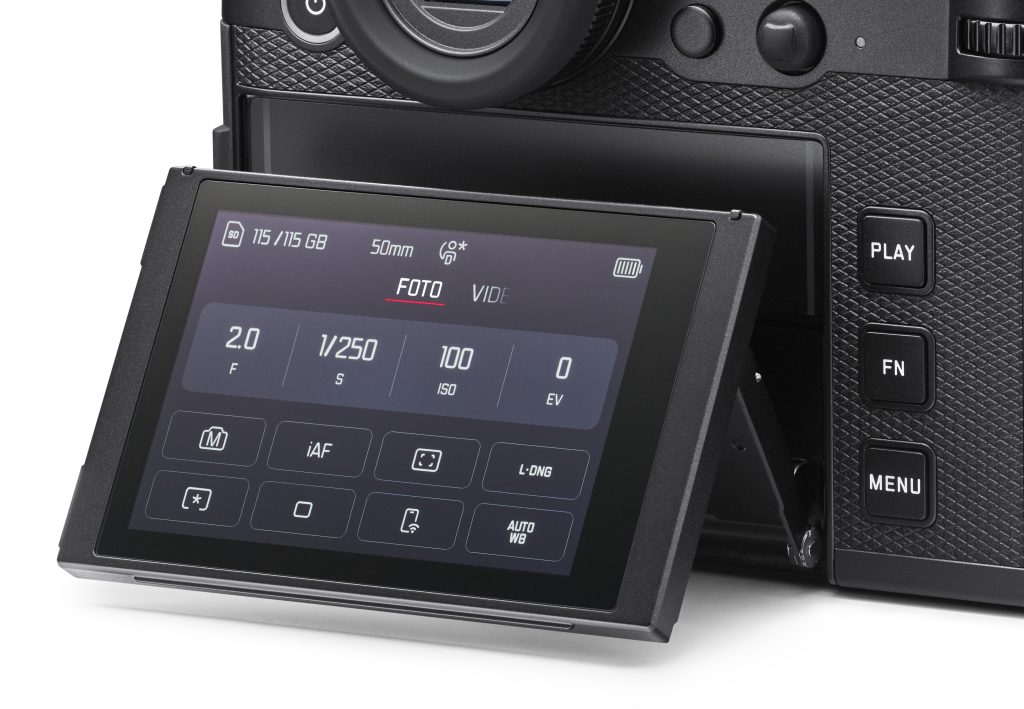
The Leica SL3’s evolution extends beyond its exterior. A redesigned user interface and the enhanced focus capabilities make it highly efficient in various shooting conditions. The additional tilt screen is a useful addition catering to the needs of photographers in different shooting angles and scenarios. Even as the day turned to night, the SL3’s performance, particularly in low-light conditions, highlighted its efficiency. Without using the optional autofocus assist lamp (which we turn off on every camera as it compromises true reportage shooting) we found the camera to struggle a bit in darker scenarios but that compromise is mitigated by the camera’s high ISO capabilities, ensuring that the quality of the images remained uncompromised.
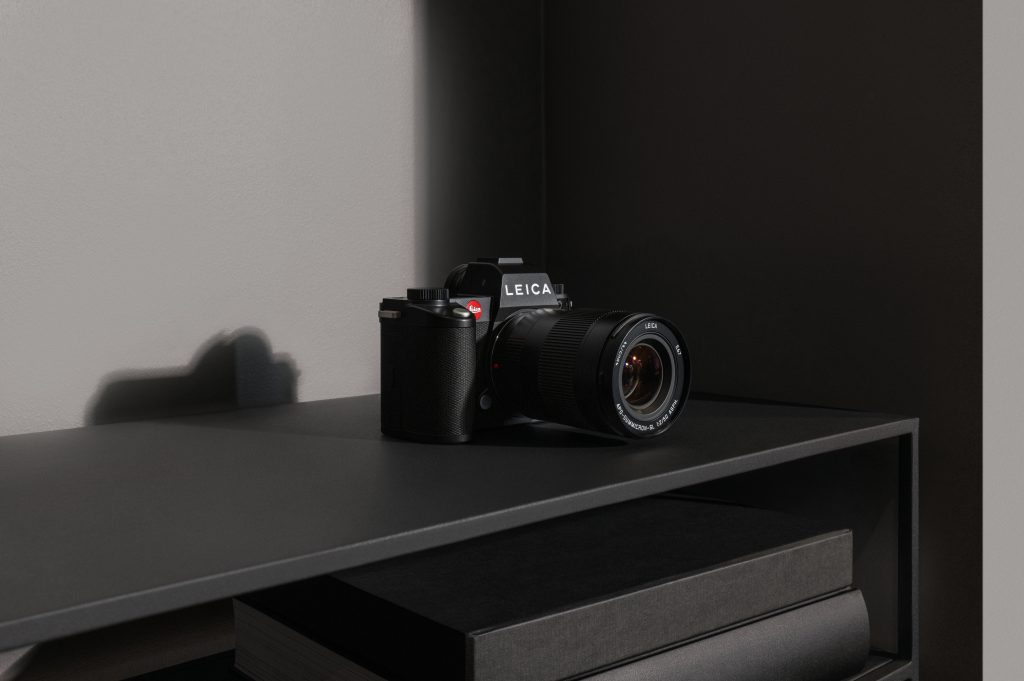
The Leica SL3 has a 60 megapixel sensor with triple resolution technology that enables unmanipulated image capture at 18, 36 or 60 megapixels. And the new Maestro IV processor handles this higher data throughput flawlessly. The upgraded processor also enables new options for auto-focus including phase detection and object detection. Also noteworthy is that the USB-C interface can be used for charging, file transfer and tethered shooting; it’s also now Apple MFI certified.
Both the McLaren 750S (along with its convertible variant, the 750S Spider) and the Leica SL3 camera are now available for purchase. Each a premium option in its category, the 750S starts at $305,000, while the SL3 is priced at $6995.



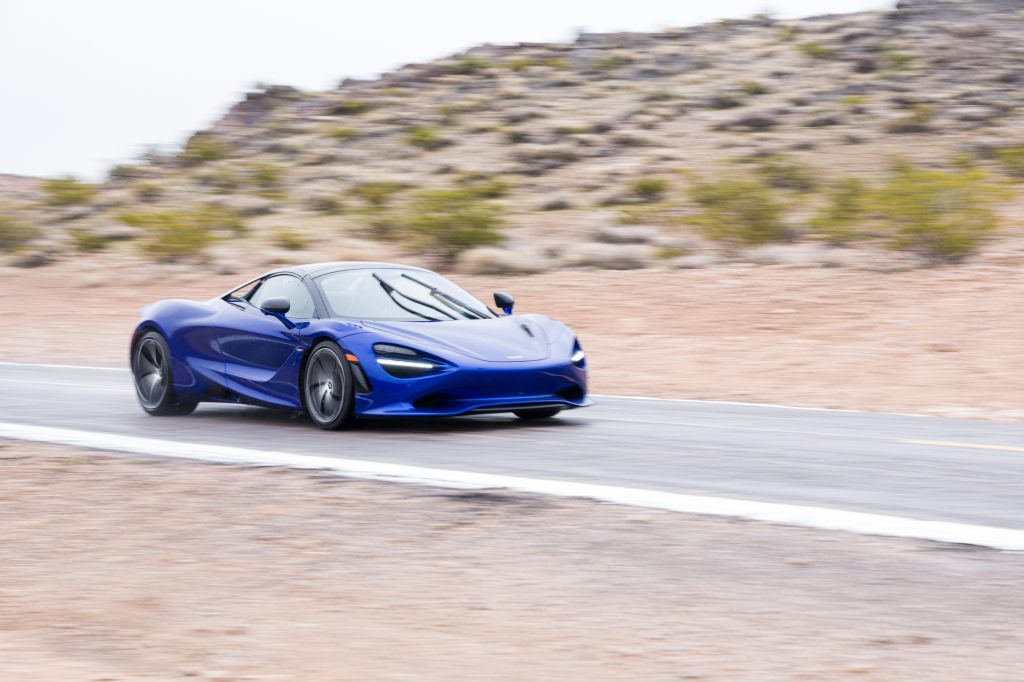
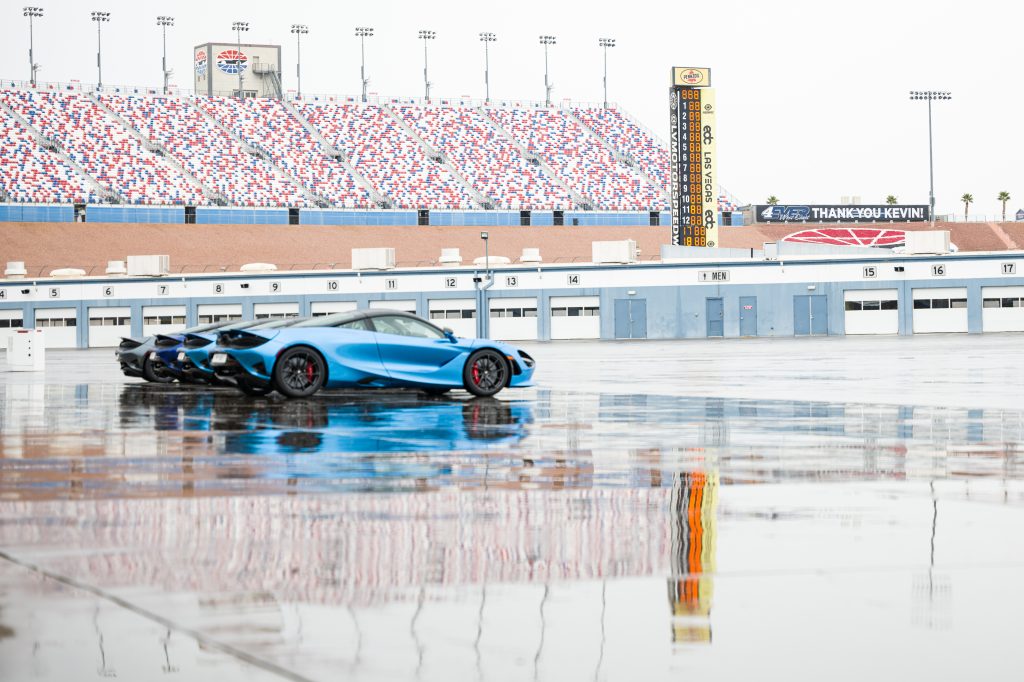

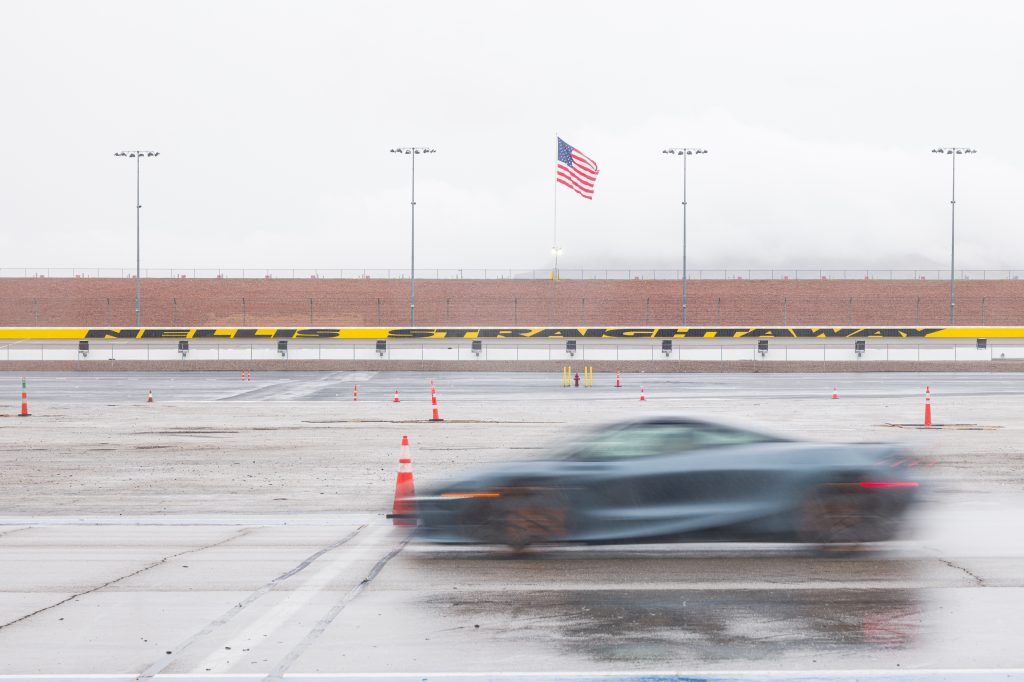
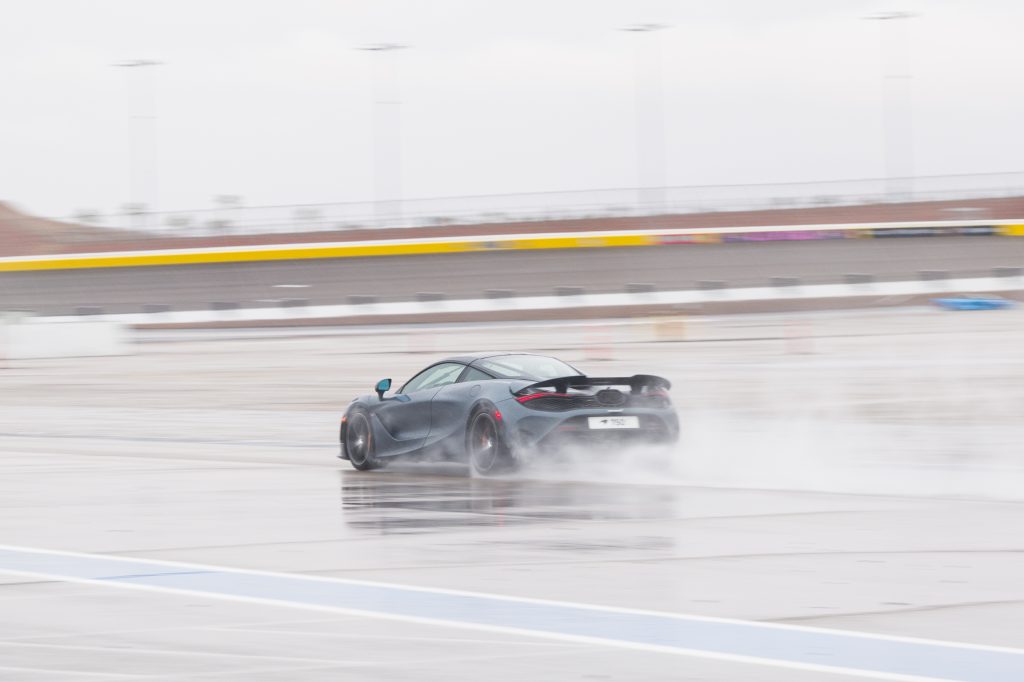


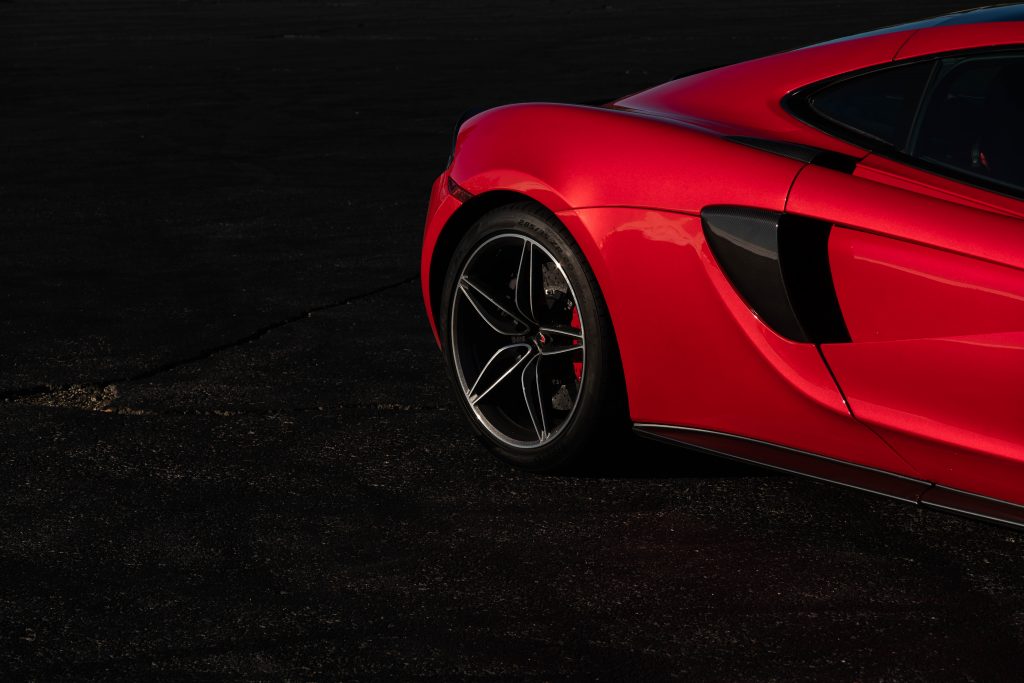










What are your thoughts?